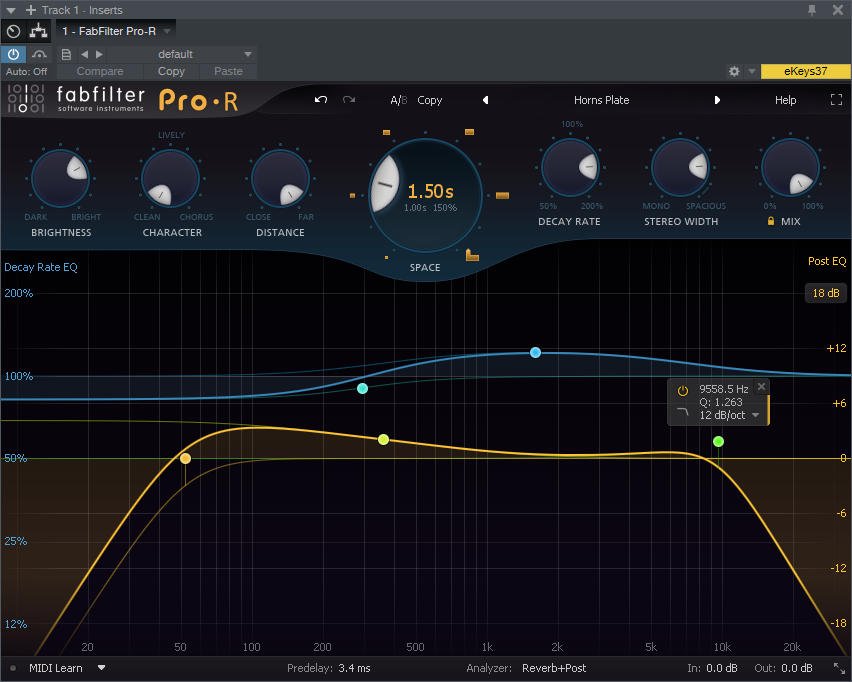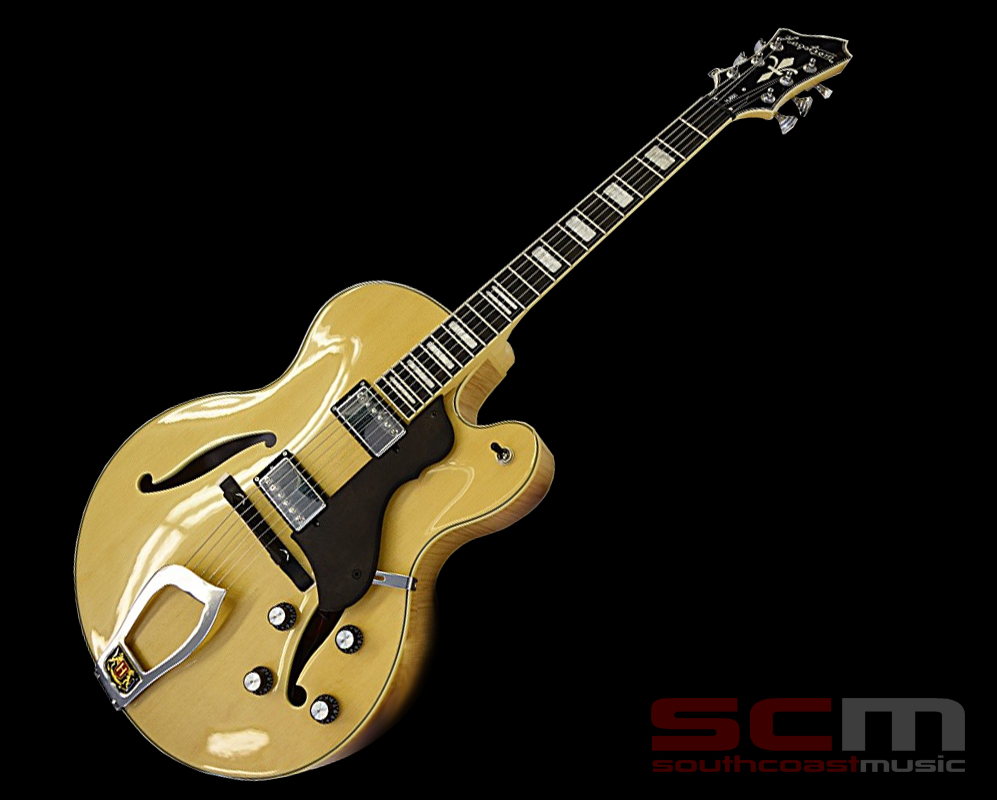


These are certainly the most common and I’ve touched more on the differences between them before. You’ve got the ribbon microphone, the dynamic, as well as the condenser microphone. There are three different kinds of microphones on the market.

With all that in mind, this article is going to offer somewhat of a guideline, or rather, a starting off point from which you can figure out your own EQ settings for the flute. With that said, how you apply EQ to the flute depends on what notes you’re actually playing.įor instance, if you’ve recorded a track using notes around the C1 octave (middle C), it’s going to sound quite a bit different frequency-wise than at C3 ( get PianoForAll – the best way to learn piano for music production – if these terms aren’t clear to you).Īdditionally, how the flute sounds in your recording depends a lot on the type of microphone you’ve used as well as from what distance the player was positioned from the actual microphone (the AT2035 from Amazon is a great mic for this). While everyone has their own way, the setting shown below is what I found to work the best.īecause the frequencies of the flute lie between 300Hz and 5000kHz, it’s best to increase the frequencies around 500Hz to add warmth, attenuate the frequencies at 3000kHz to decrease the amount of breathiness, and increase the frequency range between 4000kHz – 5000kHz to adjust the brightness.
#Fabfilter twin jazz tutorial professional#
Right now, there are 3 deals that stick out to me Singorama – The Complete Guide to Singing Like A Professional You have the concert flute, the piccolo flute, the bass flute, alto flute, soprano flute, tenor flute, and the treble flute, just to name a few.īy the way, I’m always on the lookout for deals in the music industry (there’s usually something if you know where to look). EQing a flute is a practice where there are many ways of going about it simply on account of the various kinds of flutes.


 0 kommentar(er)
0 kommentar(er)
